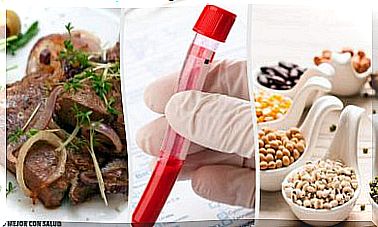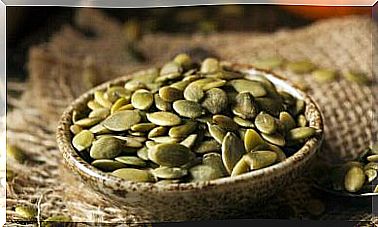Eating Fish With Mercury During Pregnancy: A Link With Autism?

After decades of research, the question of why so many children have autism still remains unanswered. The reason for this is that there is not one single factor. In this article, we will talk about eating fish with mercury during pregnancy. Could this factor play a role?
What is autism?
Autism is also known as ASD (Autism Spectrum Disorder). It is a neurodevelopmental disorder that begins in the first three years of life. It also lasts a lifetime.
In general, there are two basic symptoms associated with autism:
- Persistent abnormalities in communication and social interaction.
- Restrictive and repetitive patterns of behavior, interests, and activities.

These are some signs that may indicate autism in children:
- A lack of communication with other children in kindergarten or primary school.
- The absence of symbolic play (taking care of dolls, playing house, playing with cars as if they were real, etc.).
- These children also make little eye contact. They also don’t notice the change in the other person’s face when they both look at something strange. In addition, children with autism do not display the normal social smiles when they interact with others.
- When they speak, their language is literal (so they don’t understand things like jokes, sarcasm, double meanings, or metaphors).
In general, many scientists agree that genetics is a factor in this condition.
What is the connection between autism and fish with mercury?
Studies show that many metals such as mercury can influence autism in women who, for example, eat fish with mercury during pregnancy.
Mercury is a chemical element with the symbol Hg and the atomic number 80. In ancient literature, mercury was usually referred to as liquid silver or mercury. This element looks like silver.
It is a heavy metal that belongs to the D block of the periodic table. Mercury is the only metallic element that is a liquid under standardized laboratory conditions.
The research
Researchers at the University of Bristol conducted a study. They analyzed more than four thousand pregnancies. In this study, they discovered a link between the mercury level in the mother’s blood and the occurrence of autism in children younger than 11 years old.
So they believe they have found a link between the development of autism in children and the intake of mercury contaminated fish by pregnant mothers.
This study focused on newborn children in the former county of Avon in England in 1991 and 1992. The investigation is currently led by George Davey Smith.
In total, this study included 15,247 pregnant women who were due to give birth between April 1991 and December 1992. Since then, the parents, siblings and children of the participants have also been part of the study.

The study found that 4,484 women had high levels of mercury in their blood. These women stated that fish was their main source of protein during pregnancy.
Of the total group studied, 177 pregnant women had an autistic child. In the newborn group, only 45 babies had mercury in their blood.
However, it is important to note that many of the other children belonged to the lower socio-economic classes. Their mothers did not eat much fish during pregnancy. For that reason, they were also less exposed to this risk factor.
The conclusion
The researchers also found the following. The condition was also more common in women who had high levels of mercury in their blood during the first half of their pregnancy.
The study thus concluded that a high intake of fish with mercury during the first half of pregnancy increases the chances that the future child will suffer from an autism spectrum disorder.









